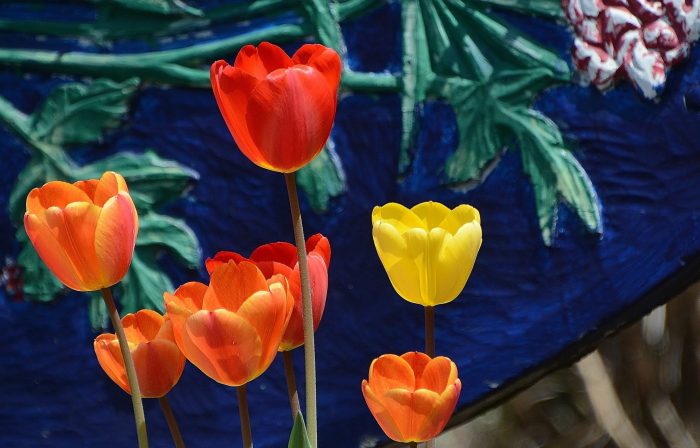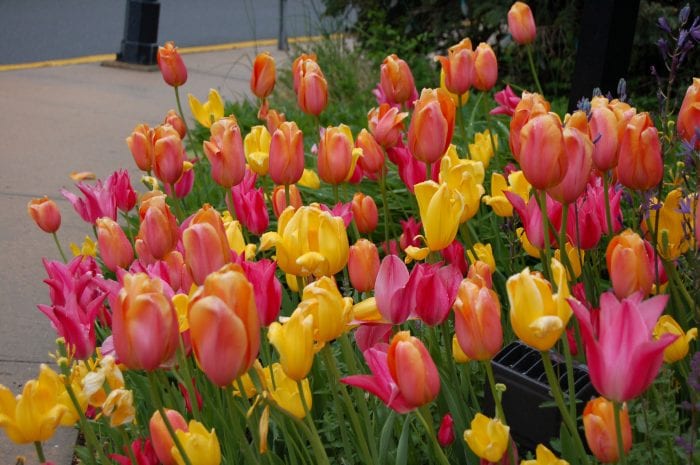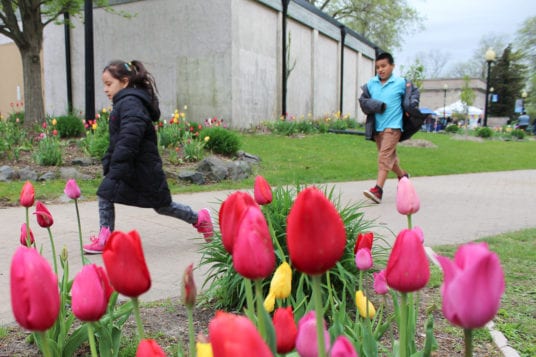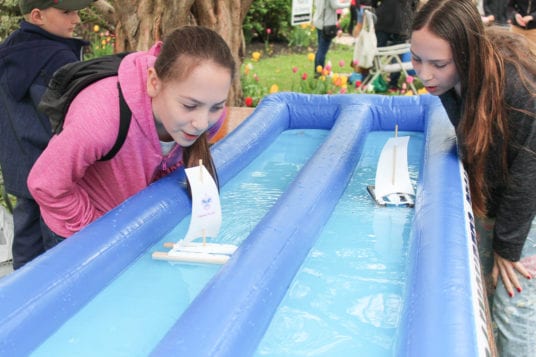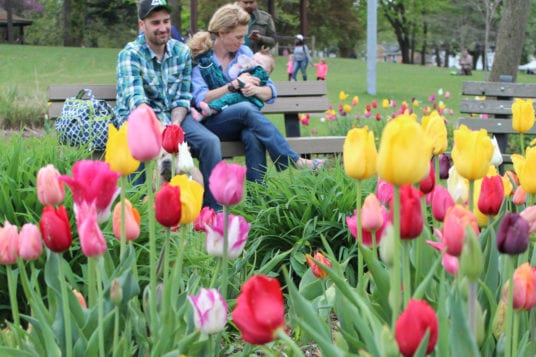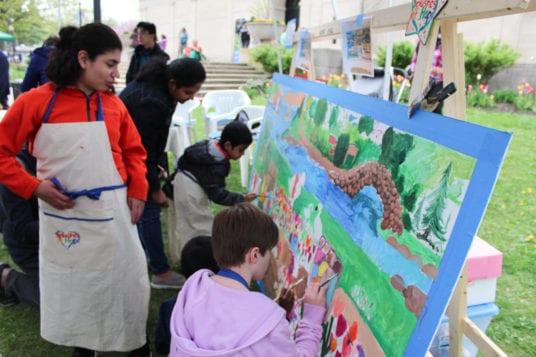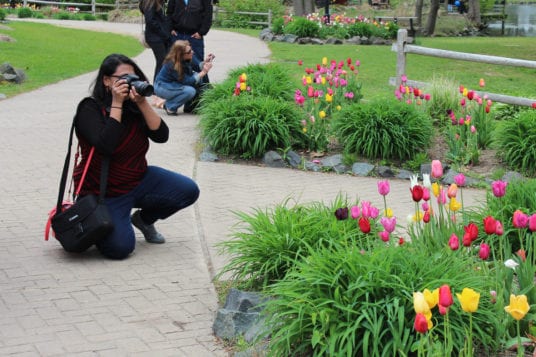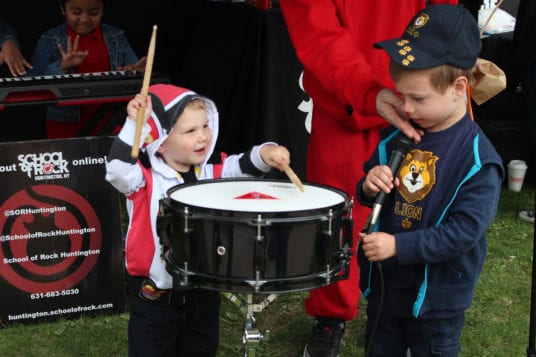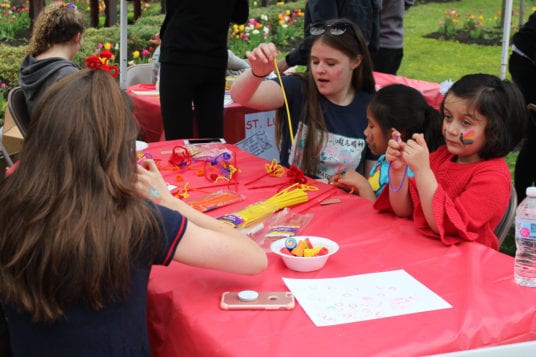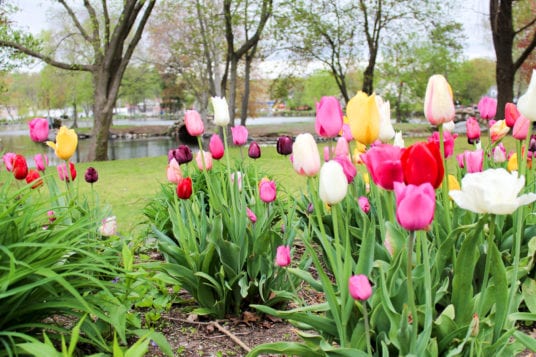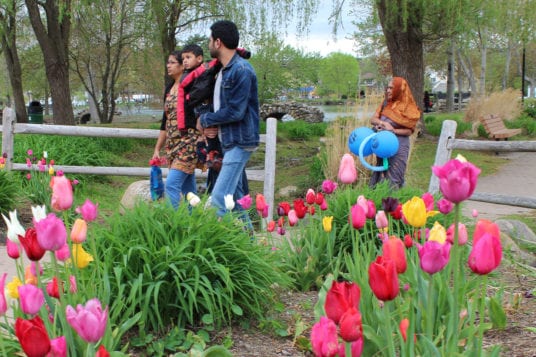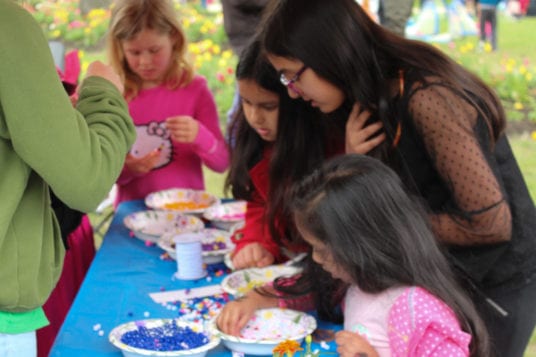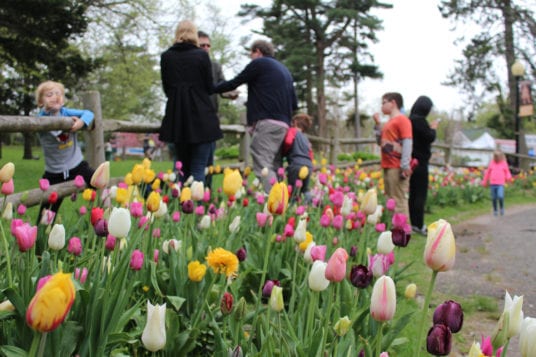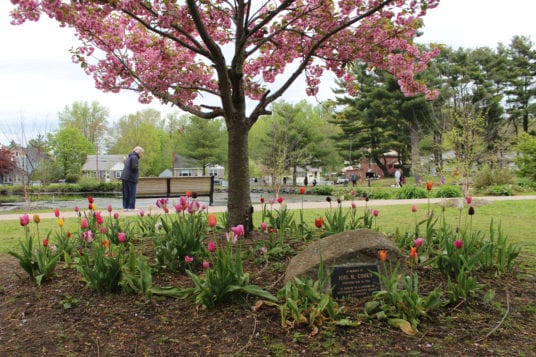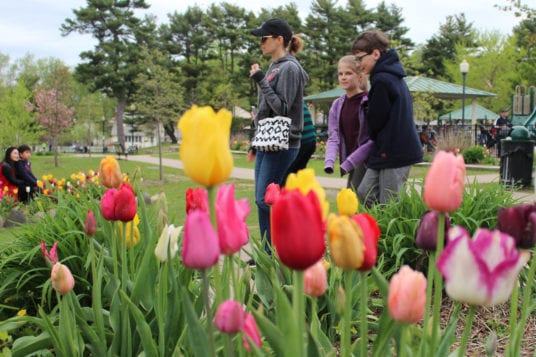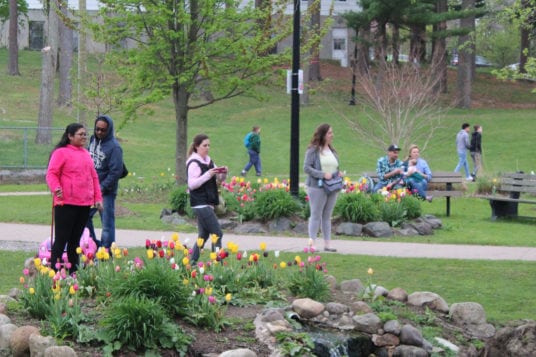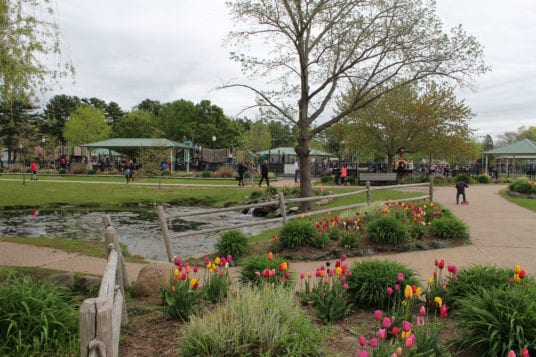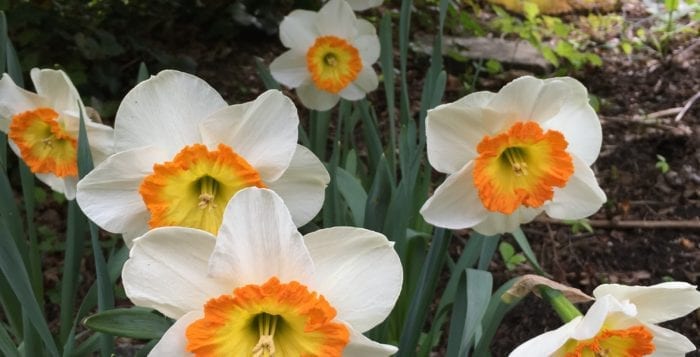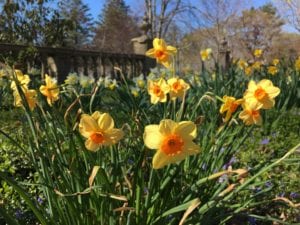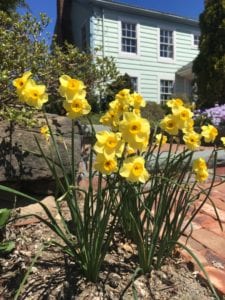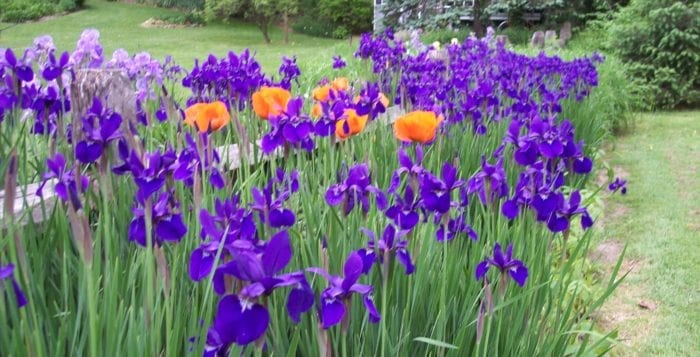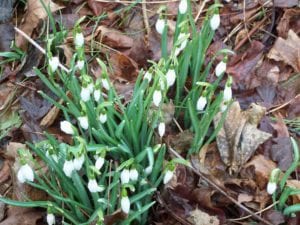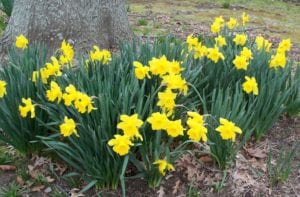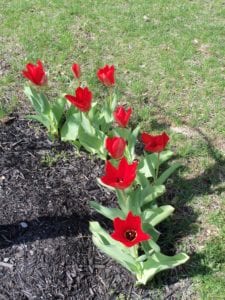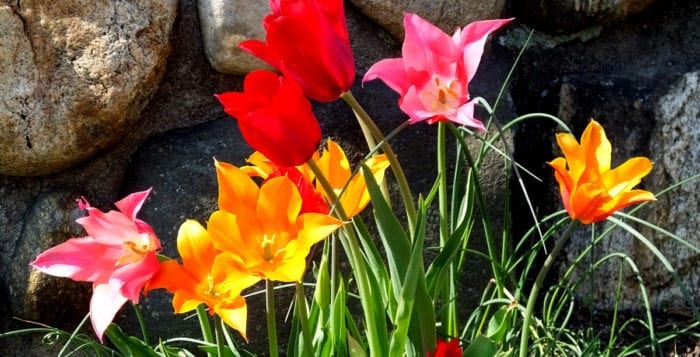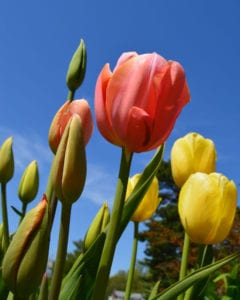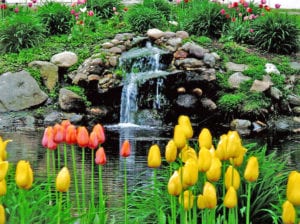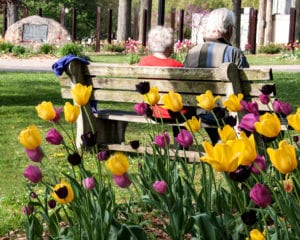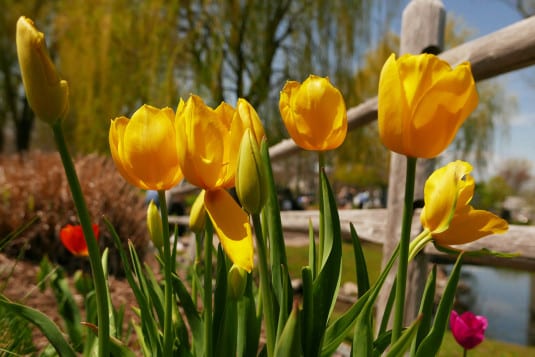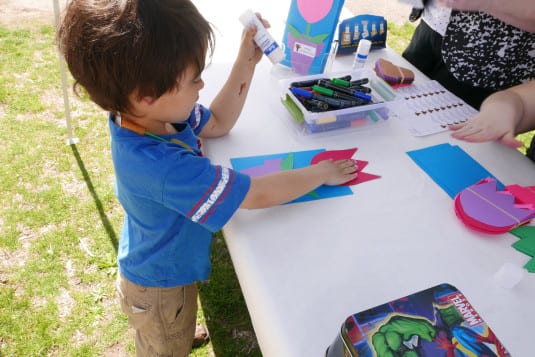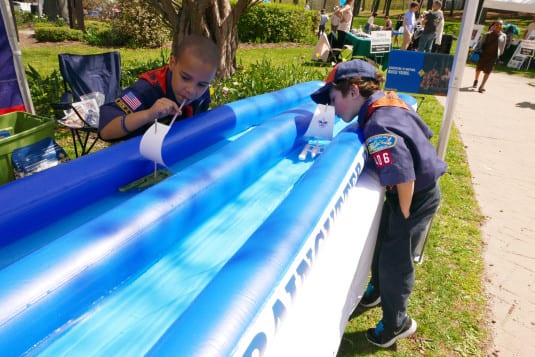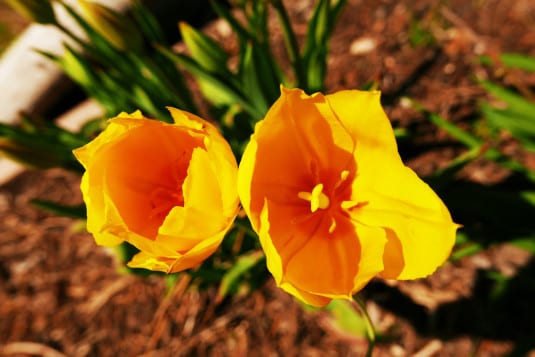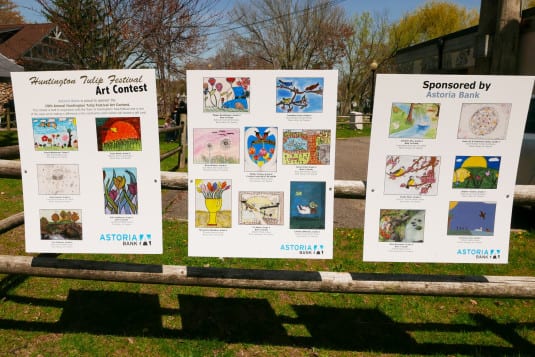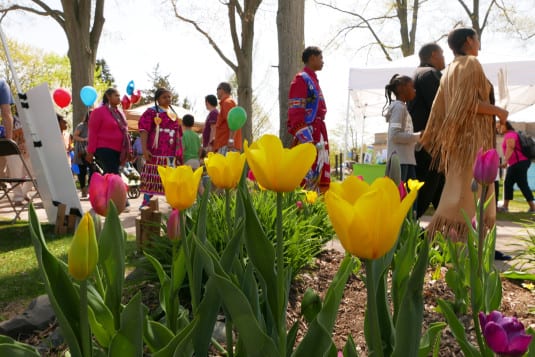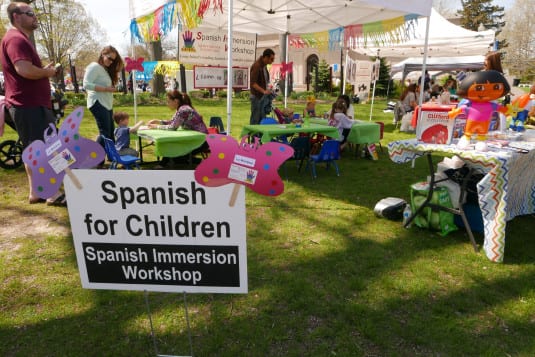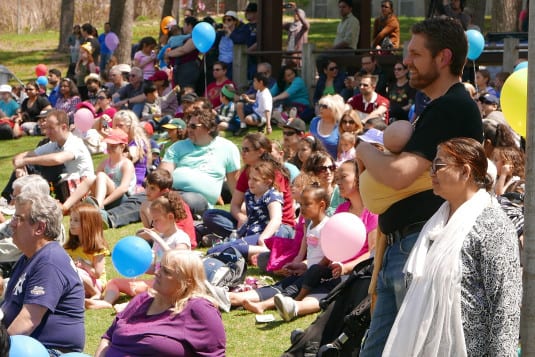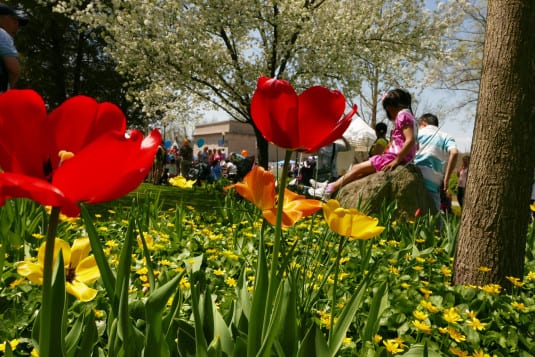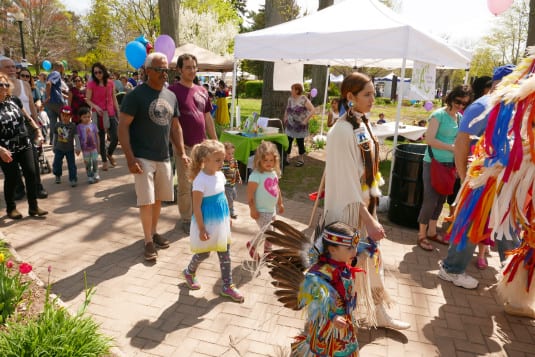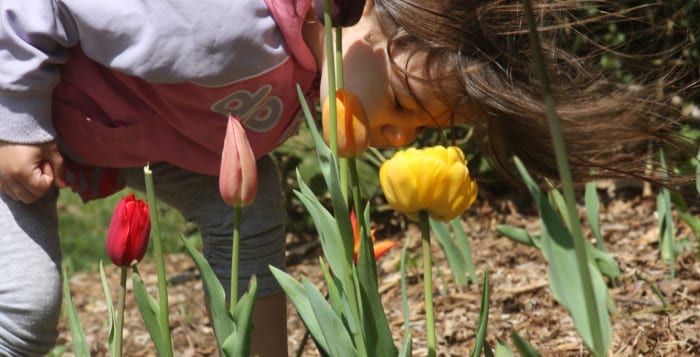Police Officer Philip Schoppmann, a Smithtown resident, has been awarded the Excellence in Suicide Prevention Award. Schoppmann is a Suffolk County police officer at the 5th precinct.
Schoppmann is the founder of Trainers United on Long Island for the Prevention of Suicide, or TULIPS. The volunteer group teaches different communities throughout the state of New York suicide prevention and intervention skills. It was established almost a year ago, and the group travels everywhere, all the way from Buffalo to Montauk.
TULIPS is made up of four trainers and includes social workers, state employees, and a marriage and family therapist. Schoppmann said that the group would help train more than 1,000 people by the end of the year.
“Phil is a huge advocate to raise awareness,” Brooke Yonick, a member of TULIPS and co-worker of Schoppmann said in phone interview. “He works nonstop to do what he can to help anyone in need; police officers, citizens, veterans.”
Schoppmann met the other three members of TULIPS at a training program in Albany, and “he really spearheaded the group by naming us and encouraging us to work together, since we’re all from the same region,” Yonick said.
Diane Sweet, another member of TULIPS, agreed that Schoppmann has been the manager of this organization. “Phil’s got the vision. He is the Indian chief and I am just a very happy follower,” Sweet said in an interview.
Aside from being a member of TULIPS, Schoppmann is actively involved in many other suicide prevention programs. He is a member of the Suicide Prevention Coalition, and he also helped create the Suffolk County police department’s Providing Enforcers Education and Resources group, also known as PEER. PEER supports other area police officers who might be going through troubling times.
Schoppmann received funding through a mini grant from the Mental Health Association of New York State to help create a tool called DISTRACT. DISTRACT is a safety plan to use when working with suicidal individuals.
“We want to distract people from death and help them think about life through this safety plan,” Schoppmann said in a phone interview.
He wanted to create this program because he felt that a lot of suicide prevention programs out there teach you the necessary tools, but do not give you something concrete and tangible to go home with or to give to people with suicidal thoughts. He describes it as a list of tasks for the person to stay safe and stay alive.
“A person can fill this out with you so they feel connected. They can walk away with it, and when they feel depressed and need something to focus on, this can be it,” Schoppmann said.
Schoppmann first got involved in suicide prevention when he was a police officer working in New York City. He volunteered there as a peer support officer, and dealt with police officers who were experiencing suicidal thoughts.
“I was scared,” Schoppmann said. “These officers had guns, and were expressing suicidal thoughts. I had to do something, so I looked into learning skills for prevention.”
When Schoppmann moved out to Smithtown, he carried the ideas of this program with him to Suffolk County, with the PEER program. He resides in Smithtown with his wife Dikea; their two sons, John-Michael and Jordan; and a third baby on the way.
Linda Sherlock-Reich, the final member of TULIPS, said she couldn’t say enough about Schoppmann. “He’s amazing, he’s passionate and he coordinates everything. I always say I think he’s a robot because there is no way a human can accomplish the amount of things that he does.”
If you or a loved one is having suicidal thoughts, please contact the National Suicide Hotline at 1-800-273-8255.

